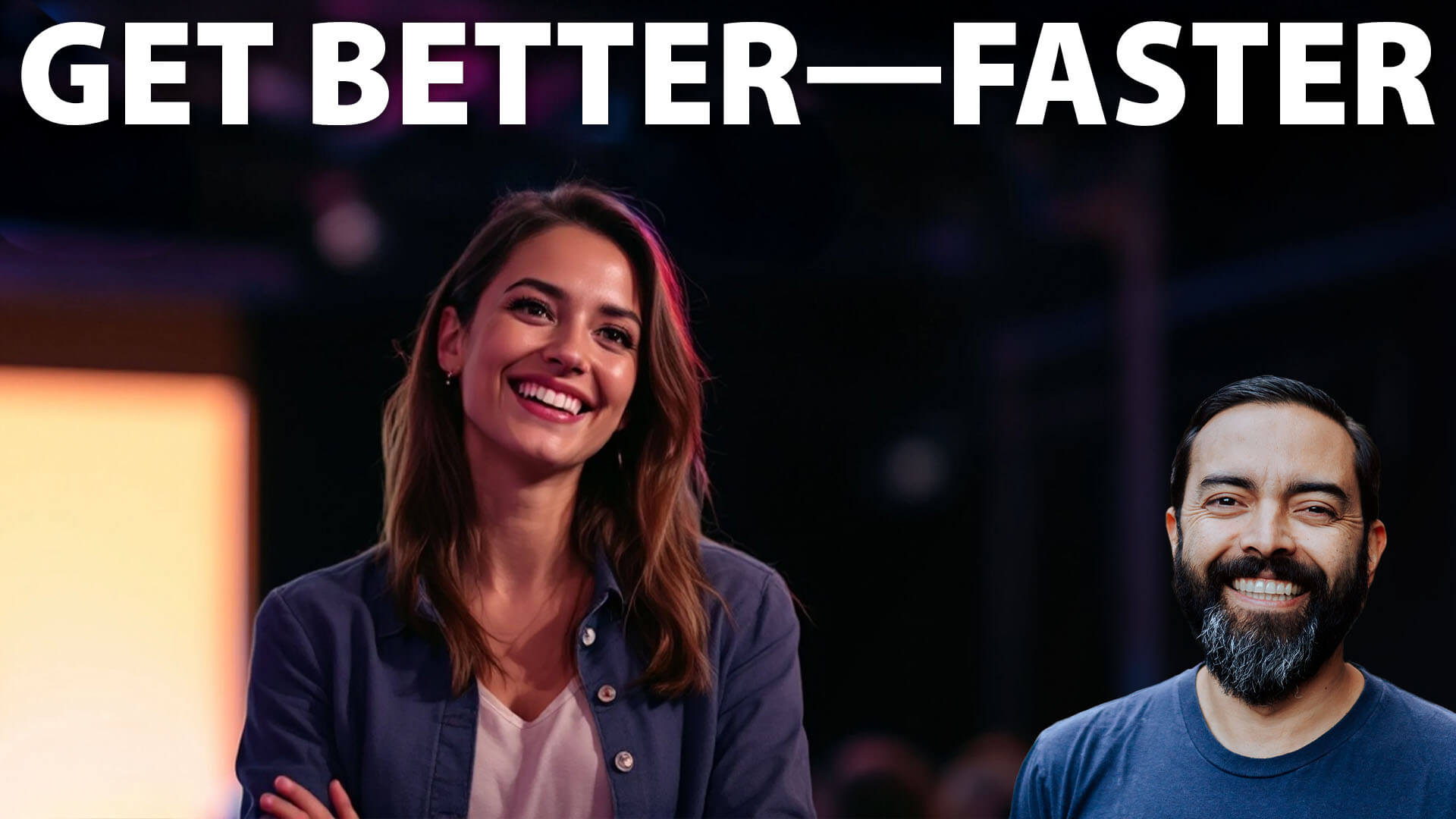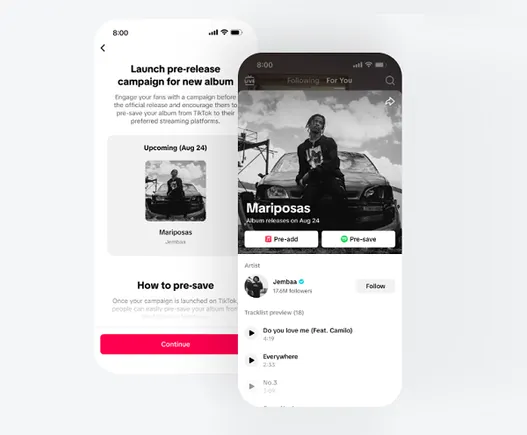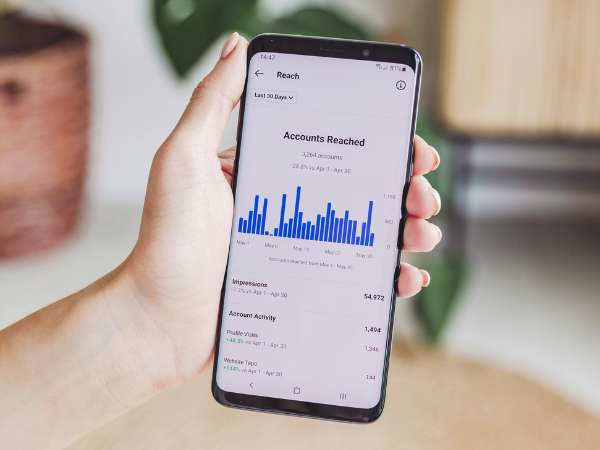TikTok Algorithm Guide 2025: Everything We Know About How Videos Are Ranked
A deep dive into the TikTok algorithm, how it works, and how you can work with it to enhance your visibility and engagement on the platform.


I’m no stranger to a certain amount of time-eating scrolling on social media, but TikTok is something else. I’ve been engrossed by the social media app for hours on end — and the TikTok algorithm is to blame.
But the secret sauce that makes the app so addictive to users is exactly what has content creators and marketers tearing their hair out. Why do certain TikTok videos gain meteoric popularity while others, seemingly of equal quality, barely get a glance? The answer isn't just in the dance moves or trending sounds. The answers lie in a host of signals weighed and analyzed by the TikTok algorithm.
The uncannily accurate recommendations are powered by an algorithm that delivers hyper-relevant video content that’ll make you wonder if they’re tracking you. Many creators find it mystical and feel the need to ‘hack’ or ‘game’ the algorithm, but that’s unnecessary.
In this article, we’ll dive into the TikTok algorithm, how it works, and how you can work with it to enhance your visibility and engagement on the platform and, with any luck, grow your TikTok follower count.
Jump to a section:
- What is the TikTok algorithm?
- How does TikTok's algorithm work?
- Does TikTok use a “point system”?
- 5 ways to work with the TikTok algorithm
- Leverage TikTok SEO
- Use all the tools in TikTok’s toolbox
- Publish content consistently
- Niche down to reach your target audience
- Balance creativity with conformity
- Go beyond virality to build genuine connections
What is the TikTok algorithm?
The TikTok algorithm is the recommendation system that decides which videos appear on a user’s For You Page (FYP) — the default homepage that surfaces content tailored to each person’s interests. It’s designed to keep users engaged by showing them videos they’re most likely to enjoy based on a wide range of signals.
Unlike a chronological or follower-based feed, TikTok’s algorithm prioritizes content relevance over creator popularity. That means even new users with zero followers can have their content pushed to large audiences — if it aligns with what the algorithm thinks people want to see.
At its core, the algorithm is built around one goal: maximize watch time and engagement by showing the right content to the right person at the right time.
How does TikTok's algorithm work?
TikTok’s algorithm works by analyzing thousands of signals by a user to determine what kind of content they most want to see. These signals — things like likes, comments, follows, and how long they spend on a particular video — determine what videos appear on their ‘For You’ page and in what order.
TikTok's For You page, often abbreviated as FYP, has undeniably transformed how we consume content. The For You page is the first page you encounter on TikTok and is filled with recommended content and videos that get more accurate as you spend time on the platform.
Unlike the algorithms of YouTube and Instagram (but similar to LinkedIn), TikTok’s recommendation system serves a mix of quality content from creators you follow and those you've yet to discover from one page. The blend of familiar and new content is tailored meticulously to user preferences, making the social network addictive and fresh.
Many other social media platforms have taken a page out of TikTok’s book — like Instagram’s Reels feed and Threads’ own For You feed.
TikTok does seem particularly good at getting users hooked on the app, leading folks to believe there’s some hidden secret behind the algorithm — which doesn’t seem to be the case.
“There seems to be some perception that they’ve cracked some magic code for recommendation, but most of what I’ve seen seems pretty normal,” says Julian McAuley, a professor of computer science at the University of California San Diego. After viewing some internal documentation on the TikTok algorithm, he spoke to the New York Times.
What sets TikTok apart, he said, is that they have “fantastic volumes of data, highly engaged users, and a setting where users are amenable to consuming algorithmically recommended content (think how few other settings have all of these characteristics!). Not some algorithmic magic.”
Let’s take a closer look at how TikTok’s algorithm works for a new user:
- The user joins TikTok, sharing some basic information as they sign up like age and location.
- When they first open their brand-new TikTok account, their For You page will show them some of the platform's most popular recent videos, particularly among users who fit their demographic profile.
- As the user scrolls through the stream of videos, they may like a certain clip, follow a creator, or even tap over to that TikToker’s profile to watch more of their content. Every one of these tiny actions carries a certain amount of weight in the algorithm and signals how much the user liked the content.
- The more the user is active on TikTok, the more info the TikTok algorithm learns about them, and the better able it is to predict what they want to see.
At its core, the TikTok algorithm prioritizes a few key elements, or ranking factors:
Engagement
This includes likes, shares, saves, comments, and — perhaps most importantly — video watch time. While we don’t know for certain, a fascinating analysis by the Washington Post uncovered that the time users spend lingering on a specific post can have a huge impact on what kind of content is served to them as they continue to use the app.
TikTok uses engagement like this as a signal that your content is valuable and worth showing to more users. The more engagement a video gets, the higher its chances of appearing in more FYPs.
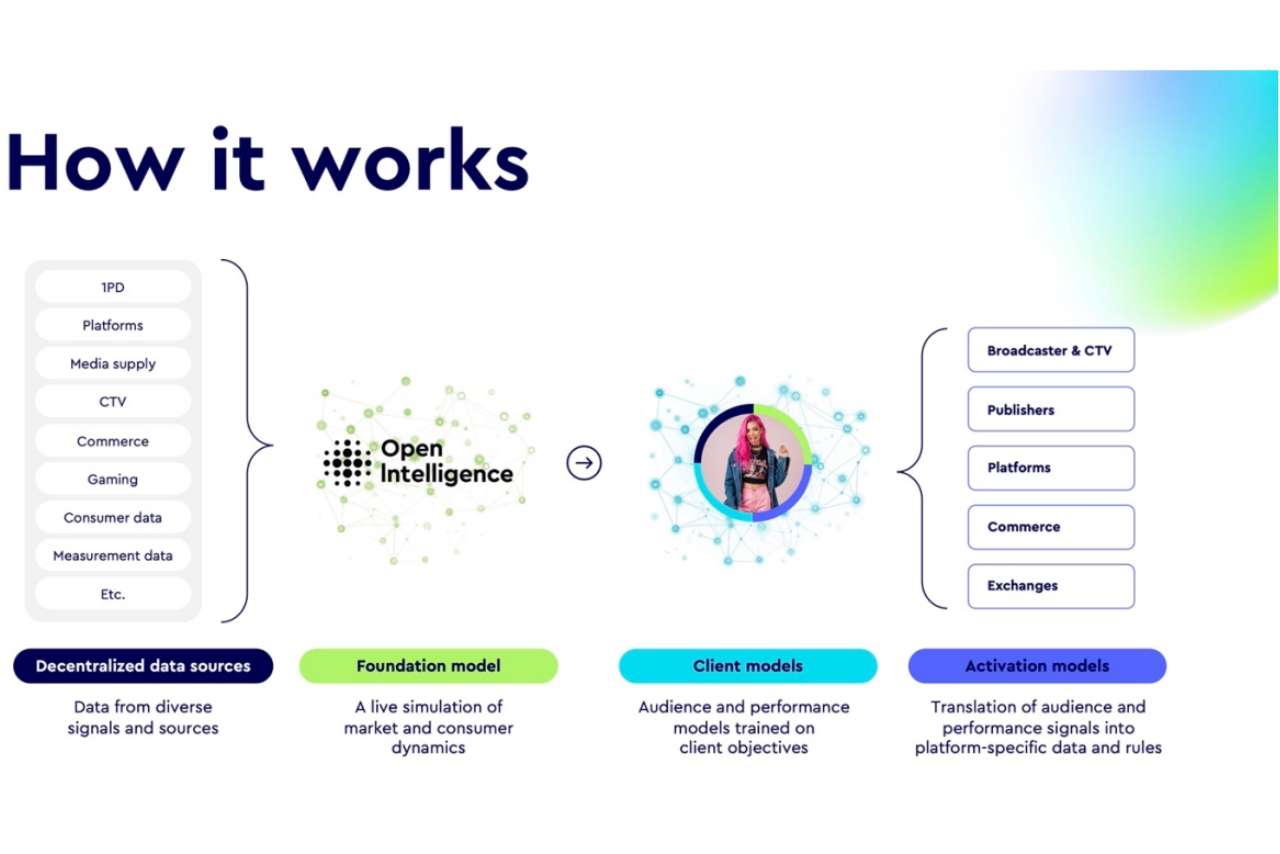





















![How To Launch, Grow, and Scale a Community That Supports Your Brand [MozCon 2025 Speaker Series]](https://moz.com/images/blog/banners/Mozcon2025_SpeakerBlogHeader_1180x400_Areej-abuali_London.png?auto=compress,format&fit=crop&dm=1747732165&s=beb7825c980a8c74f9a756ec91c8d68b#)
![Clicks Don’t Pay the Bills: Use This Audit Framework To Prove Content Revenue [Mozcon 2025 Speaker Series]](https://moz.com/images/blog/banners/Mozcon2025_SpeakerBlogHeader_1180x400_Hellen_London.png?auto=compress,format&fit=crop&dm=1747758249&s=9f3c5b1b7421f862beace1cb513053bb#)
![How To Create an Integrated Strategy That Increases Brand Mentions and Visibility [Mozcon 2025 Speaker Series]](https://moz.com/images/blog/banners/Mozcon2025_SpeakerBlogHeader_1180x400_JamesH_London.png?auto=compress,format&fit=crop&dm=1747780409&s=9bf9f0a2623b4a8be6eaf8f235115505#)







.png)




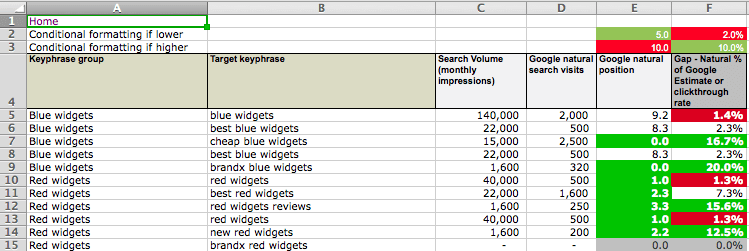
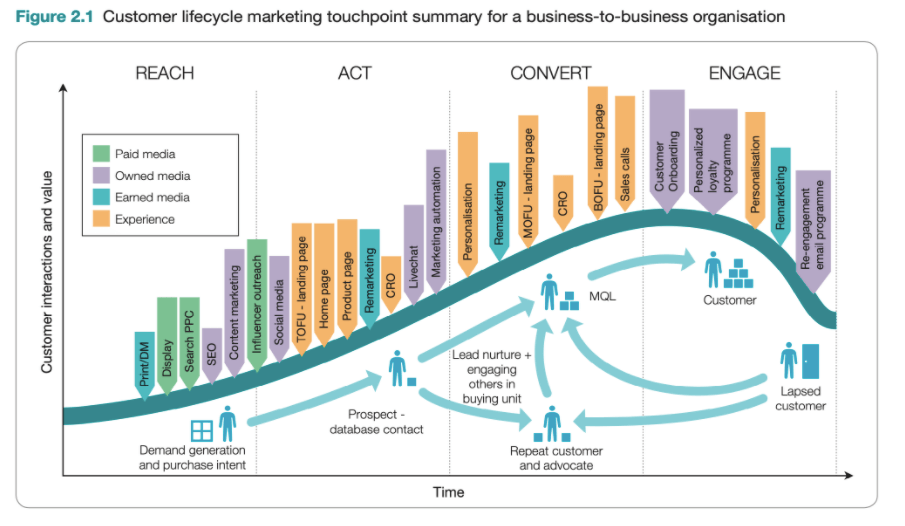











![The 11 Best Landing Page Builder Software Tools [2025]](https://www.growthmarketingpro.com/wp-content/uploads/2024/04/best-landing-page-software-hero-image-1024x618.png?#)












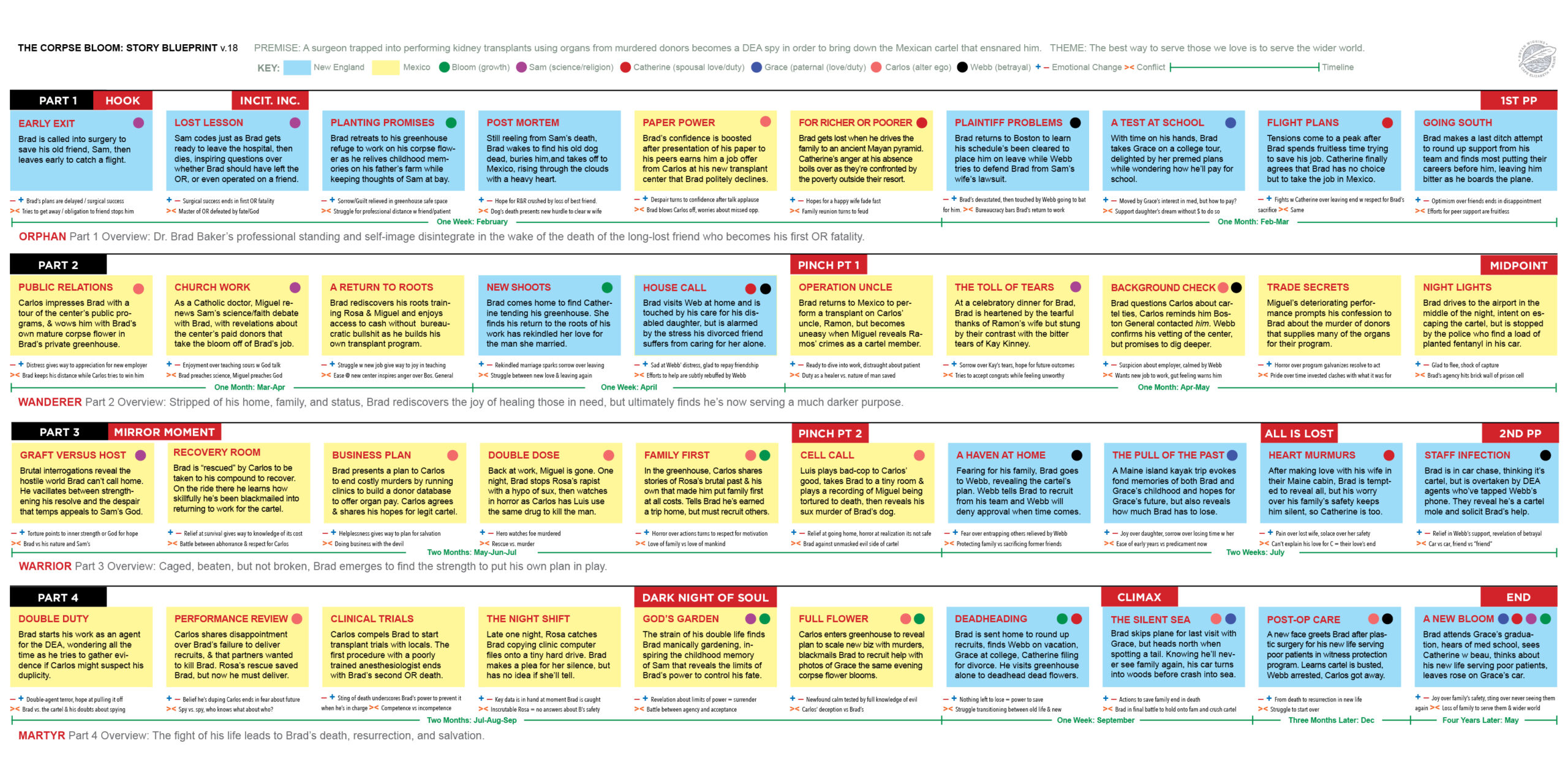



















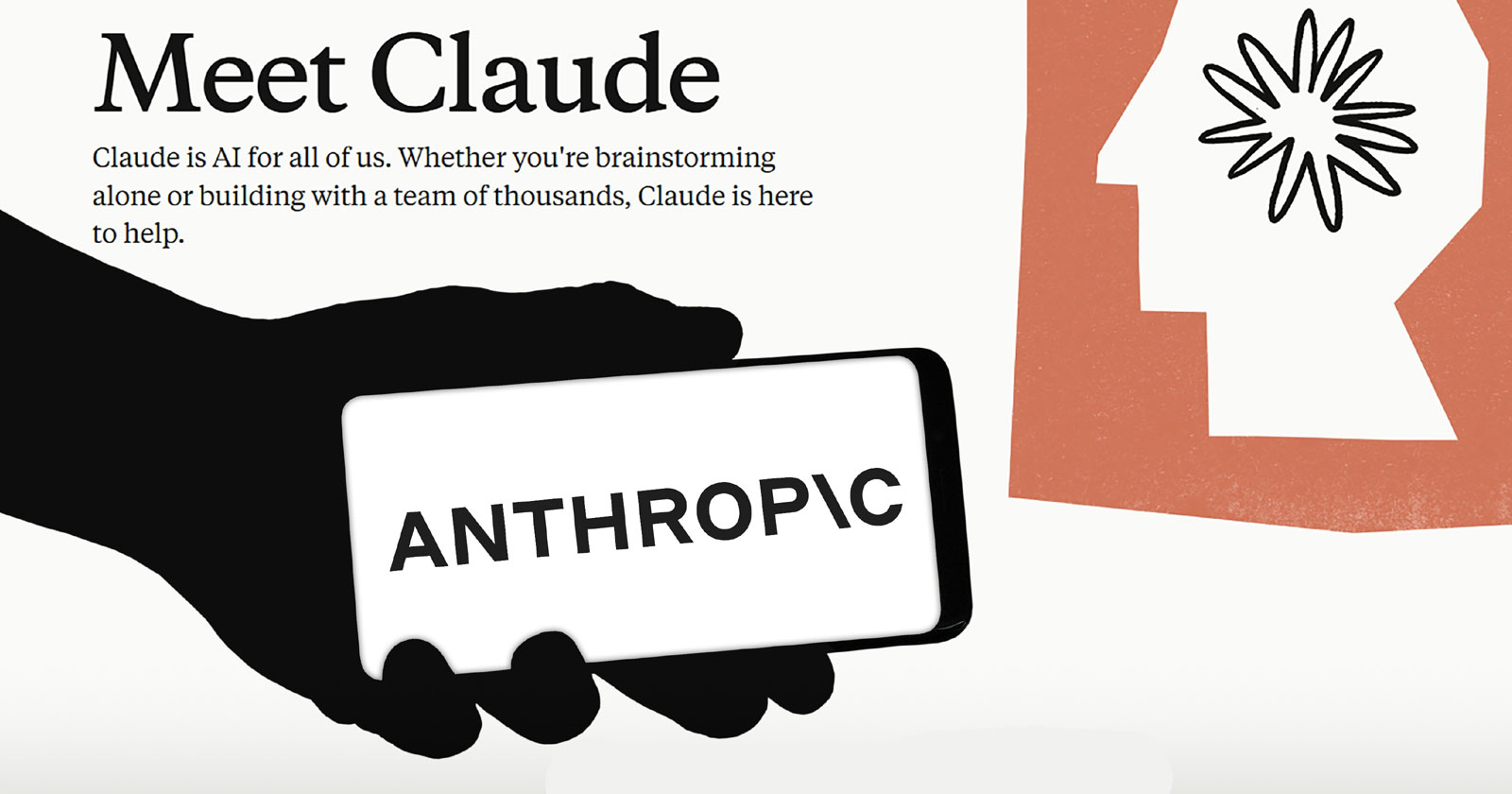
![What It Takes To Stay On Top Of Local Search In 2025 [Webinar] via @sejournal, @lorenbaker](https://www.searchenginejournal.com/wp-content/uploads/2025/06/3-559.png)
![How To Host Or Migrate A Website In 2025: Factors That May Break Rankings [+ Checklist] via @sejournal, @inmotionhosting](https://www.searchenginejournal.com/wp-content/uploads/2025/05/featured-508.png)



















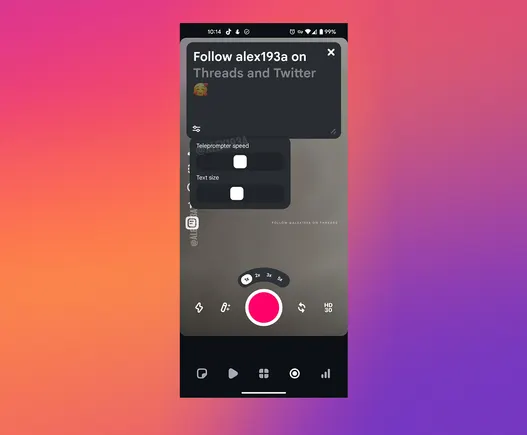
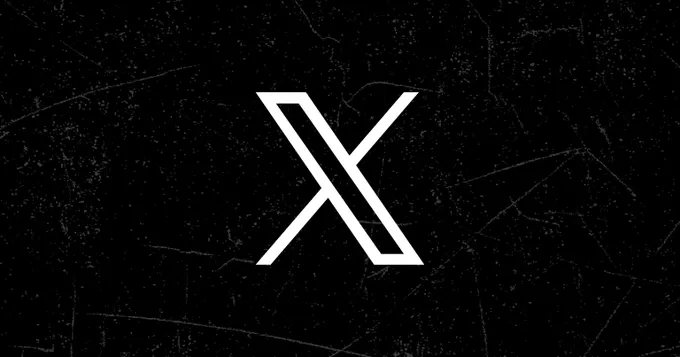









![Social media image sizes for all networks [June 2025]](https://blog.hootsuite.com/wp-content/uploads/2023/01/Social-Media-Image-Sizes-2023.png)










